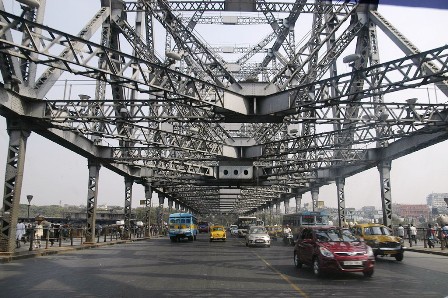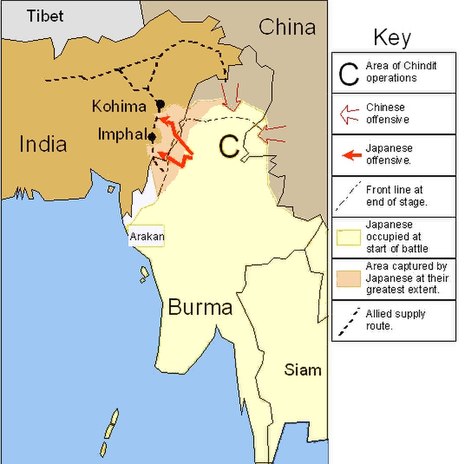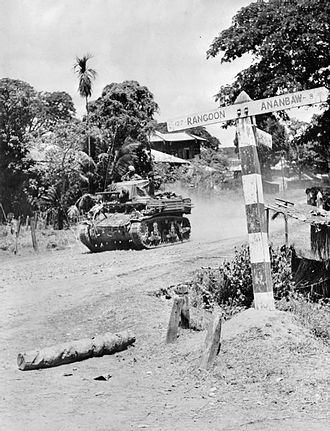NUGGETS OF HISTORY
Text and Photographs contributed by Leslie Michael
THE HOWRAH BRIDGE
|
 The Howrah Bridge is one of the busiest, sturdiest -- and dirtiest bridge in the world. |
Personally, I do not think it is ugly. It seems to be the opinion of journalists, photographers and travel writers. I think it is incredible considering when it was built— without the aid of computers.
 Pontoon Bridge |
| The first transport to cross the bridge was not a car, a bus or a bullock cart. It was a tram. Due to the heavy load it was discontinued. |
 Side view: Roughly 100,000 vehicles, 150,000 pedestrians and -- 3000 cattle cross it every day. Side view: Roughly 100,000 vehicles, 150,000 pedestrians and -- 3000 cattle cross it every day. |
 The bridge was built without any bolts, nuts or belts The bridge was built without any bolts, nuts or belts |
The Howrah Bridge contains no bolts, nuts or belts. It is held together by rivets. The conception emerged late in the 19th. century. The global bidding was awarded to a German firm. But it was cancelled because of the war. It was eventually designed by Rendel, Palmer and Tritton and built by Braithwaite, Burn and Jessop. Construction began in 1936. Completed in 1942. It was officially opened in February 1943. The end result was an incredible feat of engineering -- considering it was accomplished without the aid of computers. The bridge stretches for 705 metres. It has 14 foot pathways on both sides for pedestrians. It is the 6th longest and busiest cantilever bridge in the world.
KOHIMA AND IMPHAL
On December 7th. we commemorated the attack on Pearl Harbour - a day that will live in infamy. It is also the day that brought the United States into World War II in the Pacific and South East Asia. We remember only too well the Battles of Midway, Saipan, Iwo Jima and Okinawa. But there is one battle that is largely forgotten and that is the Battle of Kohima and Imphal. It was Japan's last and desperate bid for victory -- the invasion of India in 1944. It was fought on the Indian-Burmese-Chinese border. British commanders did not think that the Japanese Imperial Army could cross the almost impenetrable jungles. But 15000 Japanese came swarming out of the jungles to be challenged by 1500 British and Indian troops. With reinforcements and supplies pouring in from the United States and Commonwealth countries, the Japanese were decisively defeated. Out of the 85,000 Japanese troops that were earmarked for the invasion more than 53,000 were killed or listed as missing in action. There were 16500 casualties on the Allied side. Armoured tanks or "Iron Elephants" as the locals called them destroyed every Japanese bunker. Many historians refer this as one of the fiercest battles of World War II.
An armoured tank ""Iron Elephant" in action.
|

